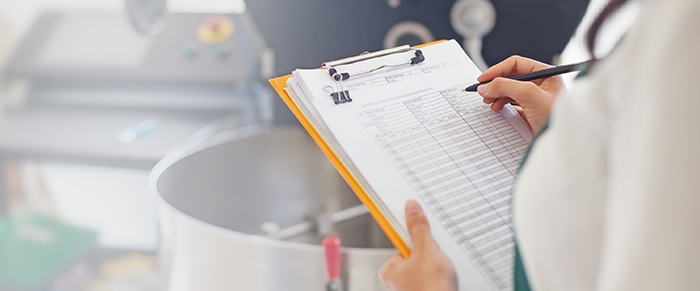For the first time, pet food safety programs will be regulated by the U.S. Food and Drug Administration (FDA). Find out what this means for your manufacturer — and your product.
Historically, the FDA’s oversight of pet food manufacturing has been limited. Similar to its role in managing the safety of human food, the agency’s authority in pet food safety has been reactionary, primarily responding to problems after they have occurred.
The Food Safety Modernization Act (FSMA), which was signed into law by President Obama in 2011 and has compliance deadlines spanning 2017 and 2018, aims to change all that. By granting the FDA the expanded authority it has sought for many years, FSMA provides a much-needed regulatory framework for a preventive approach to human and pet food safety.
Pet Food Safety Before FSMA
Prior to FSMA, pet food manufacturers that implemented pet food safety programs were largely driven to do so to produce food that would not cause harm to humans and animals and to meet exacting customer requirements. Although the FDA and/or state departments of agriculture performed inspections of registered facilities every 5-plus years and conducted random testing of retail products, investigations were generally pursued only after complaints had been received from consumers or veterinarians. In the absence of watchdogging by the FDA, the Association of American Feed Control Officials (AAFCO) has provided model pet food regulations, developed ingredient definitions and established nutritional requirements for dog and cat food to prevent nutritional deficiencies and toxicities. However, AAFCO has no legal authority, and without any regulatory entities driving consistency, the quality and comprehensiveness of food safety programs has, to this point, varied drastically among pet food manufacturers.
New FSMA Provisions
Aimed at eliminating this inconsistency and normalizing program quality, FSMA standardizes food safety requirements for registered facilities engaged in manufacturing, processing, packing or holding food products across the country. Requirements pertinent to pet food manufacturing are summarized below. (Click each link to see the complete Final Rule on the FDA website.)
1. Preventive Controls for Animal Food
The Preventive Controls rule is the primary focus of compliance for most pet food manufacturers. This segment of the legislation stipulates that current good manufacturing practices (CGMPs) must be established for pet food production, and covered facilities must also establish and implement a robust food safety system. The system must include an analysis of hazards and risk-based preventive controls as well as a written food safety plan that includes a recall plan.
2. Foreign Supplier Verification Programs (FSVP)
The FSVP rule requires manufacturers importing ingredients to verify that their foreign suppliers’ processes are in line with the preventive controls and CGMP requirements outlined in the Preventive Controls rule. Additionally, they must ensure that any imported product is not adulterated and is properly labeled with allergen information.
3. Accredited Third-Party Certification
Under this rule, manufacturers whose foreign suppliers obtain food safety certifications from FDA-recognized accreditation bodies can participate in the Voluntary Qualified Importer Program (VQIP), which was introduced by FSMA to expedite review and entry of imported food for eligible participants. The FDA also reserves the right to require import certification under special circumstances to prevent a potentially harmful food from entering the country.
4. Sanitary Transportation
This rule applies to most shippers, receivers, loaders and carriers that transport food directly into or within the United States. It is intended to confirm that the design and maintenance of transportation equipment does not cause food to become unsafe, through guidelines such as adequate temperature controls, cross-contamination measures and training of carrier personnel. Retaining a written record of carrier procedures, agreements and training is recommended for proof of compliance.
Ensuring Manufacturer Compliance
The compliance deadlines for the rules outlined above, which span from 2017 to 2018, depend largely on business size. Although most pet food manufacturers have some form of food safety program in place, the legacy program’s level of comprehensiveness will dictate how much legwork is required to meet FSMA’s new requirements.
Pet food brands that outsource their manufacturing services would be wise to inquire about their partners’ FSMA readiness and their preparations for long-term compliance. Savvy manufacturers will not only be preparing to meet imminent deadlines but will also be investing in infrastructure to maintain elevated pet food safety standards through steps such as the following:
- Assembling a food safety team
- Revising staff training to include FSMA rules
- Auditing and updating food safety programs to address critical gaps
With the FDA’s heightened authority comes an increased responsibility for manufacturers — and, by extension, for pet food brands. This is not all pain, no gain, however. In this new era of rules and regulation, pet food brands can look forward to decreasing the risk of product issues and potential for recalls. And consumers can look forward to a renewed sense of confidence in their pets’ mealtime favorites.
